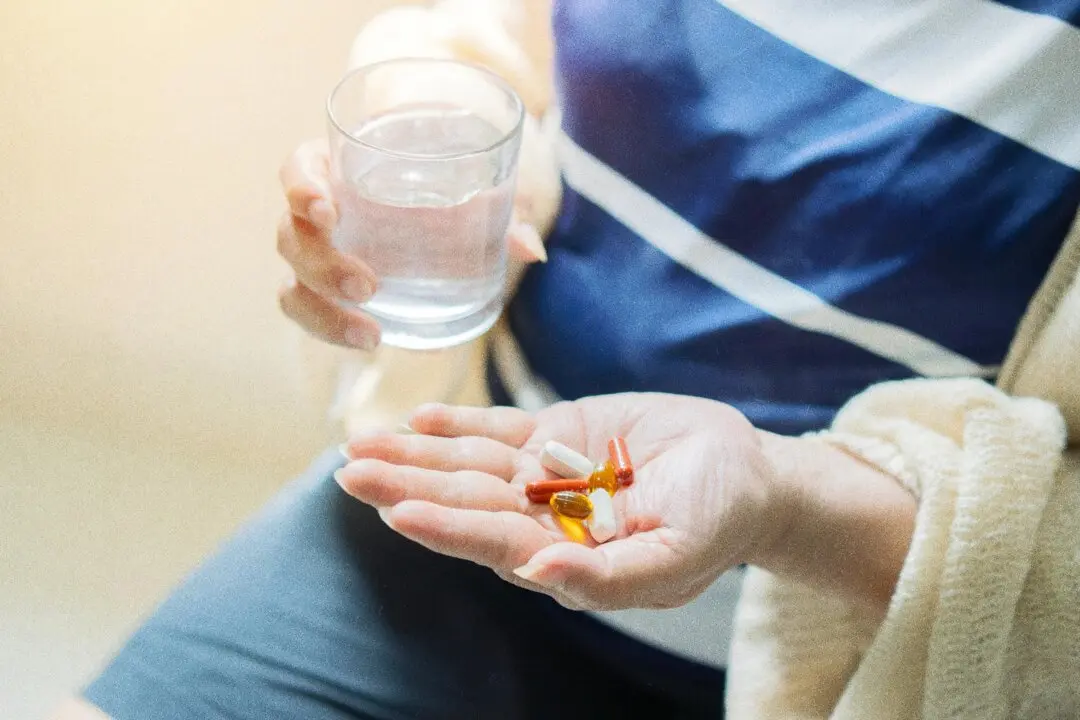The creek water tumbles down the high mountains, seeps into layers and layers of earth, ages through the immensity of time, and merges with hundreds of yards underground, all to be extracted later ... The churning water along with every kernel of rice, wheat, and various grains are all gathered and brought to a place filled with rich, intertwined history and culture, and, in the
hands of the expert “kurabito,” give birth to delicious Sake, and Honkaku Shochu and Awamori.
The place described is better-known as a “sakagura” (sake brewery or shochu distillery in Japanese). What are sakaguras like? What kind of stories can we find there? Let’s all embark on a sakagura tour.





